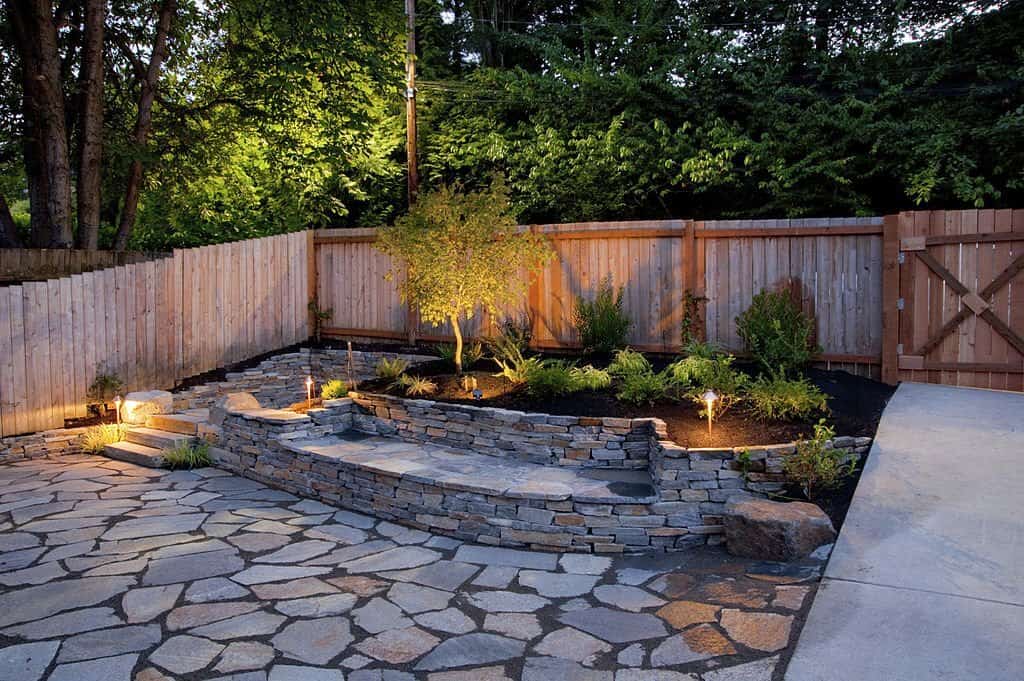Exploring Drip Irrigation for Patio Gardens and Outdoor Living Spaces
Patio Gardens offer a delightful oasis for urban dwellers, bringing the beauty of nature to small outdoor living spaces. However, keeping these gardens thriving can be a challenge, especially when it comes to watering. Traditional irrigation methods can be inefficient and wasteful. Some may even lead to overwatering or underwatering of precious container plants. Let's explore the advantages of installing drip irrigation to ensure healthy, vibrant gardens in even the smallest outdoor spaces.
Benefits of Drip Irrigation in Outdoor Living Spaces
Unlike traditional sprinkler systems, which can lead to water runoff and uneven watering, drip irrigation systems deliver water directly to the base of each plant. This Innovative technique minimizes waste and ensures even water distribution. The targeted approach also allows for precise control over a soil moisture levels, promoting healthier root systems and reducing the risk of flooding or neglect. Drip irrigation systems are highly customizable. Easily adjust watering schedules, durations, and flow rates to meet specific needs of different plant species and container sizes. The flexibility promises optimal conditions for each plant, regardless of its location or watering requirements.
Here are some other benefits to consider for your outdoor living spaces:
Drip irrigation systems are highly customizable. Easily adjust watering schedules, durations, and flow rates to meet specific needs of different plant species and container sizes. The flexibility promises optimal conditions for each plant, regardless of its location or watering requirements.
Here are some other benefits to consider for your outdoor living spaces:
- Conserve water
- Reduce utility costs
- Minimize erosion
Tips for Designing a Drip Irrigation System
Designing a drip irrigation system for a patio garden or outdoor living space requires careful planning. Assess the layout of your garden, accounting for the size and container placement. Remember, watering needs can differ between plant species. Next, select appropriate drip irrigation components, including tubing, emitters, fittings, and connectors. Base decisions on specific requirements for your garden and outdoor living space. Consider factors such as flow rate, spacing, and diameter to ensure uniform distribution and adequate coverage. Position tubing and emitters strategically to deliver water directly to the root zone of each plant. You can also use steaks or clips to secure tubing in place and prevent tripping hazards. Install a backflow preventer and filter for to protect irrigation systems from debris and contaminants that could clog emitters or damage plants. BONUS TIP: Program irrigation timers to run when water demand is lowest to minimize evaporative loss and maximize absorption.
